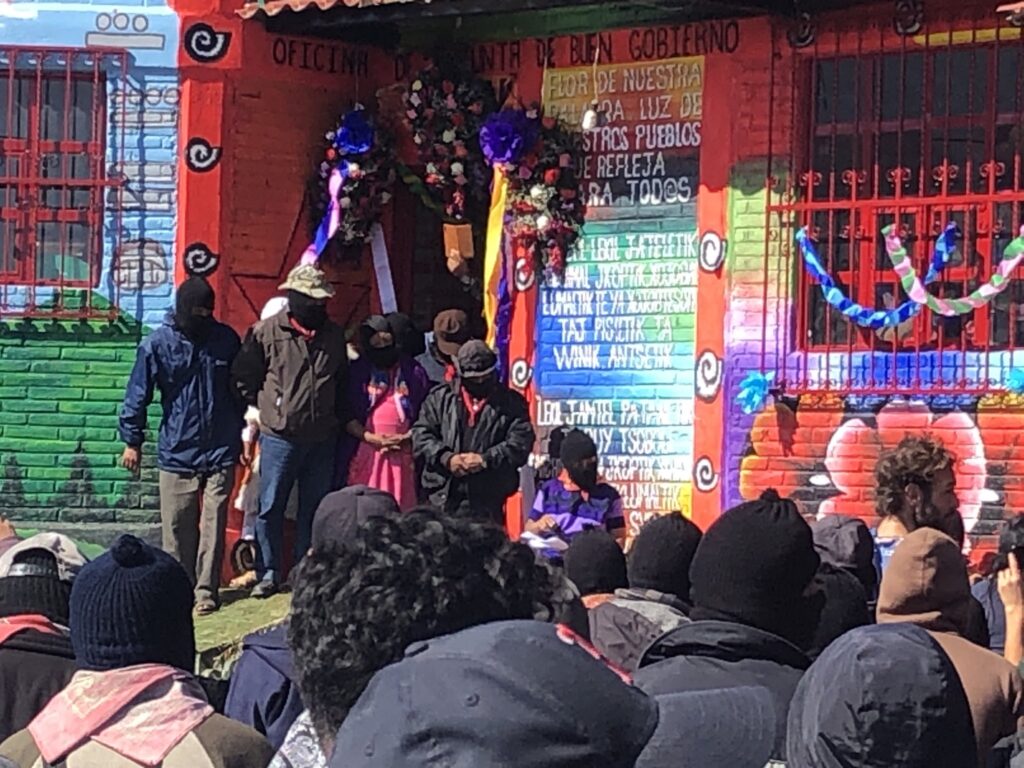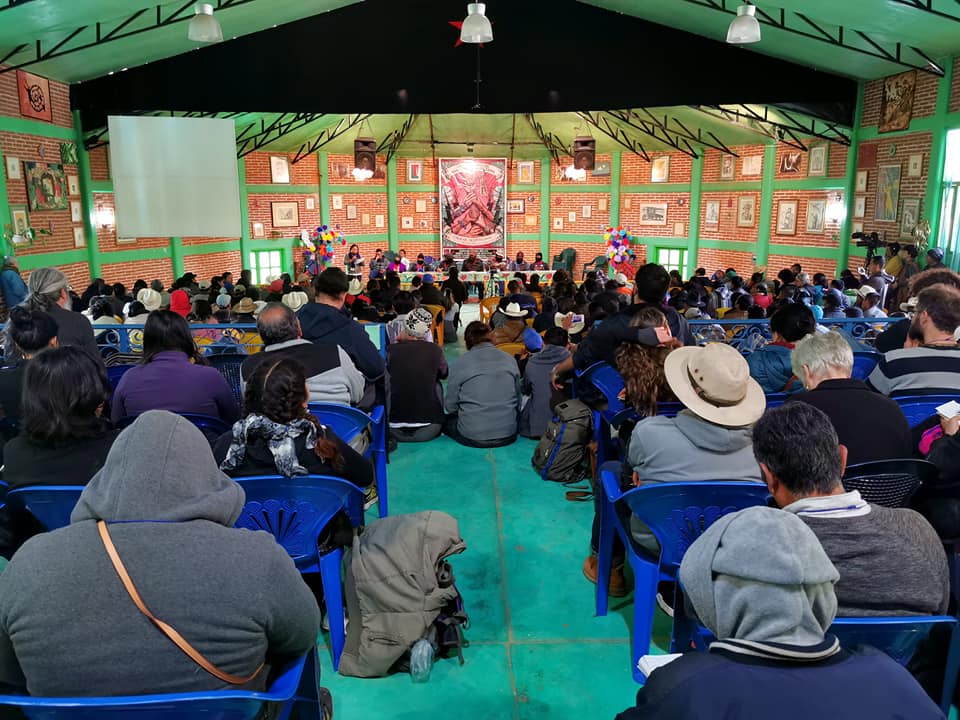
Topics
(Español) Noticias de abajo – 24 de diciembre 2019
ROMPIENDO FRONTERAS
HAITÍ: Cascos azules de la ONU violaron 2.000 mujeres y niñas argentina.indymedia
COLOMBIA: CON GASES VENCIDOS Y MÁS VIOLENCIA EL ESMAD PRETENDIÓ CALLAR PROTESTAS EN BOGOTÁ kaosenlared
CHILE: A Radio Berlin – A Dos Meses De La Revuelta Social En Chile aradio — Los contactos del Ejército chileno con ex miembros de la inteligencia israelí radiotemblor.org — [Comunicado] Comisión política CAM, debido a los últimos sucesos ocurridos en la comunidad Ranquilhue radiokurruf
(Español) Navidad entre rejas. Indígenas injustamente presos exigen su libertad
Chiapas, México. 24 de diciembre. “Este mes la pasamos tristes sin estar al lado de nuestras familias y amigxs. Me han privado de mi libertad, llevo 15 años sin festejar la Navidad con mis familiares. Hago hincapié que el gobierno estatal y junto con sus funcionarios públicos me tiene privado de mi libertad, aunque ya alcanzo mi libertad por mis días laborados”, comparte Adrián Gómez Jiménez, integrante de la organización La Voz de Indígenas en Resistencia, en el penal cinco de San Cristóbal de las Casas.
“Los compas de la organización La Voz Verdadera del Amate: Germán López Montejo y Abraham López Montejo, de igual manera pasan triste Navidad sin la presencia de sus hij@s y de sus esposas. La Navidad la pasamos tristes”, abundan los indígenas injustamente presos en una carta publicada el pasado día 22. “El gobierno de Chiapas nos mantiene secuestrado mientras él y sus funcionarios públicos festejan la Navidad a lado de sus familiares y salen de vacaciones mientras que hay presos inocentes que luchan por su libertad, se ve claramente que no les interesa nuestro bienestar. Son insensibles y crueles”, denuncian los originarios de los altos de Chiapas.





